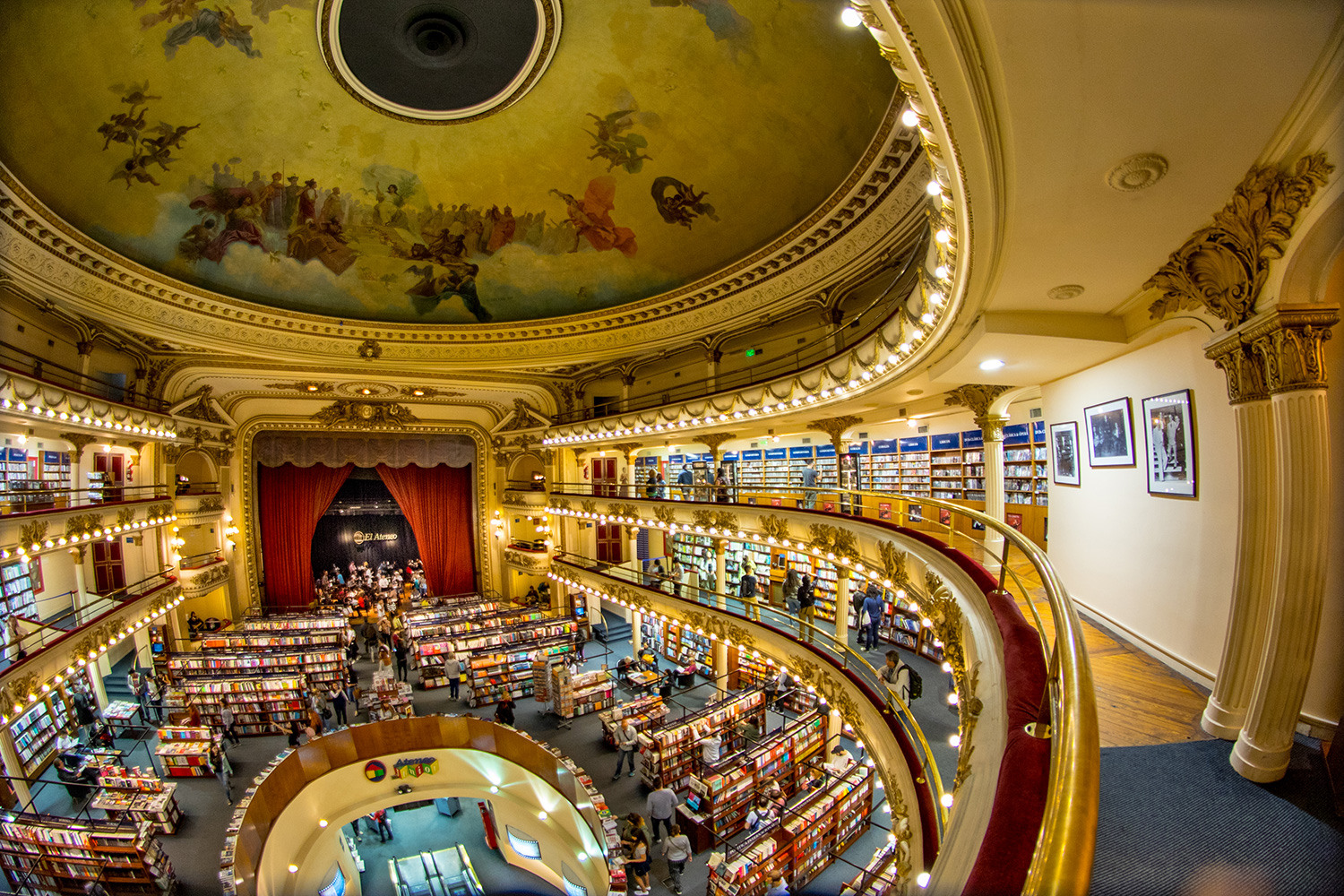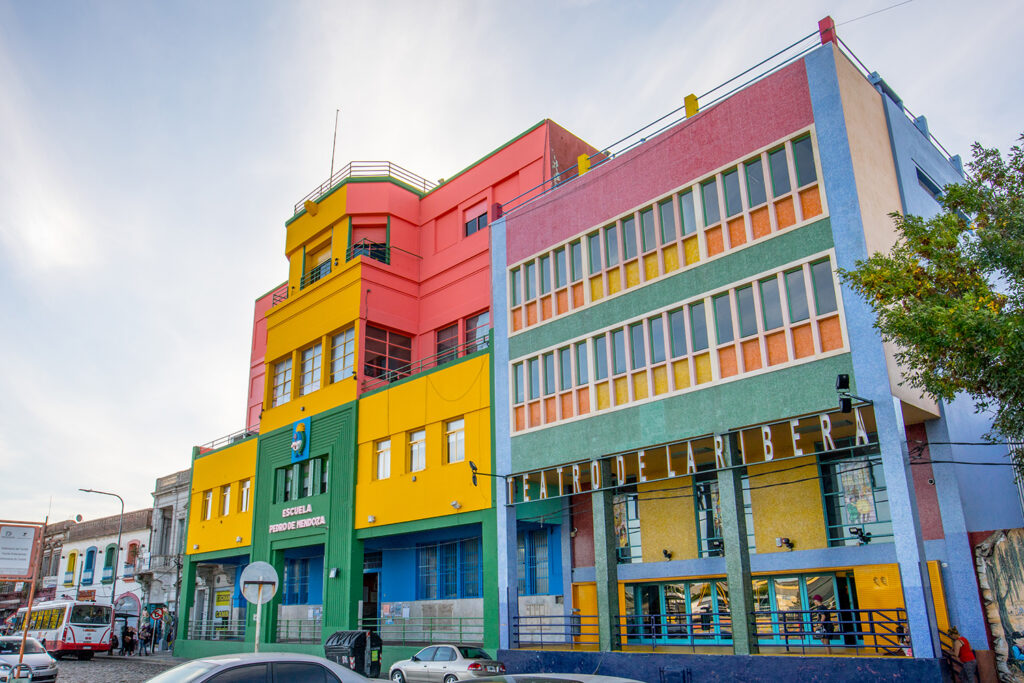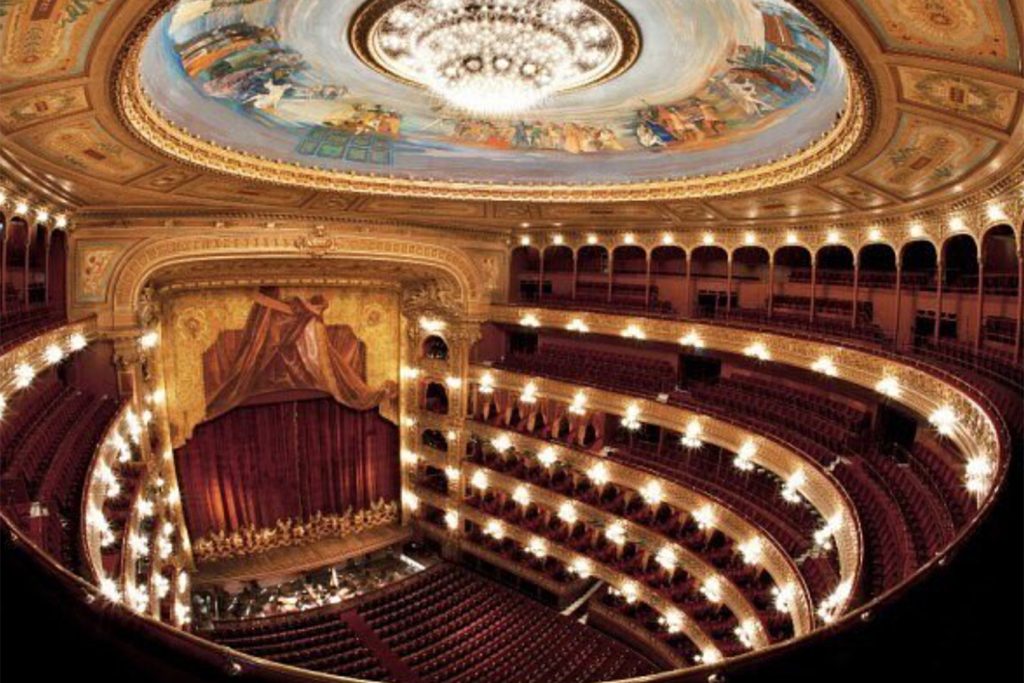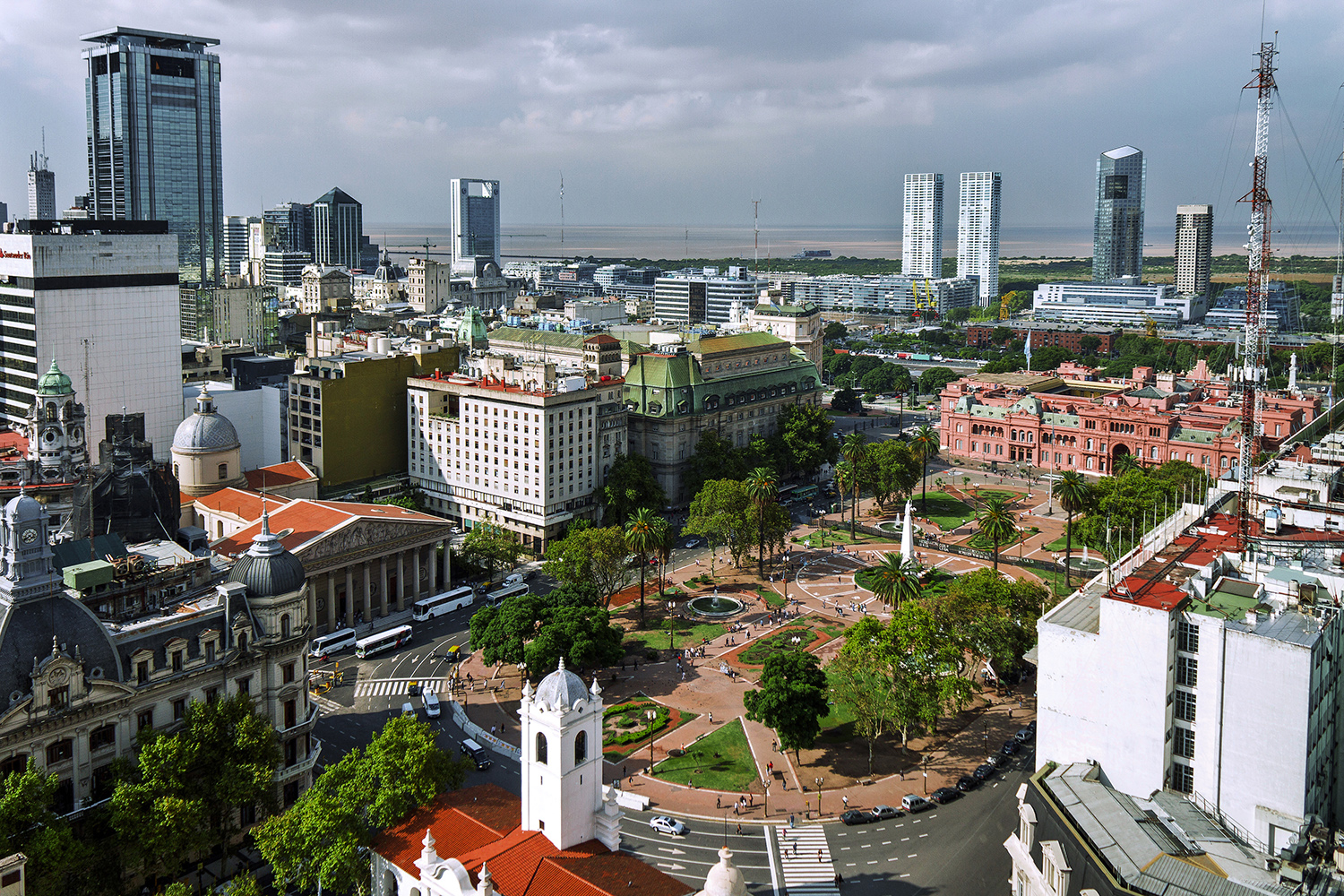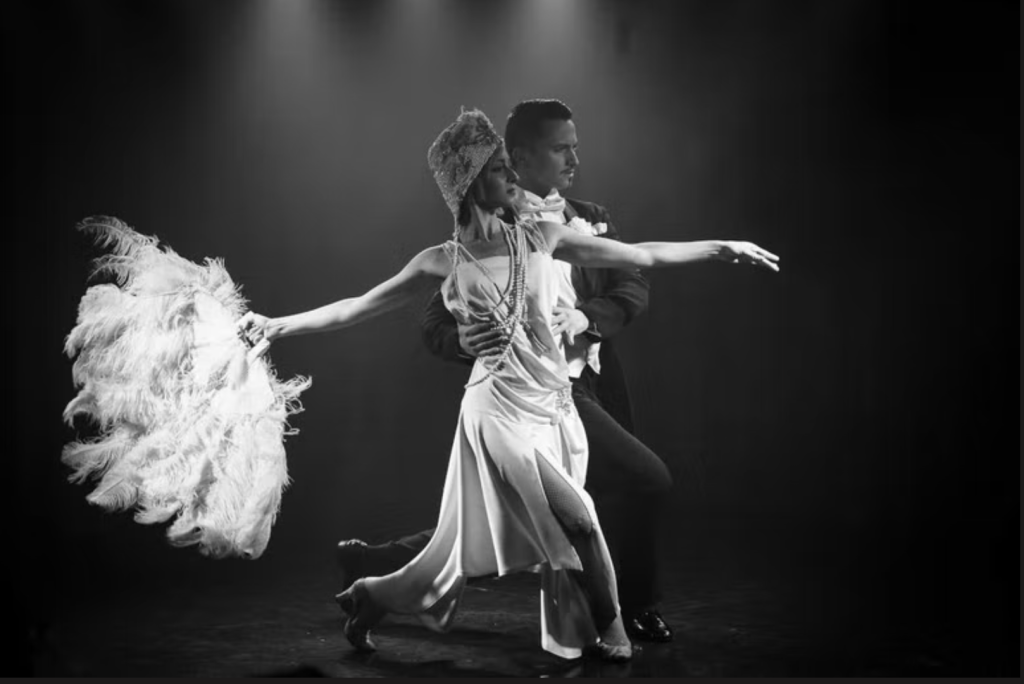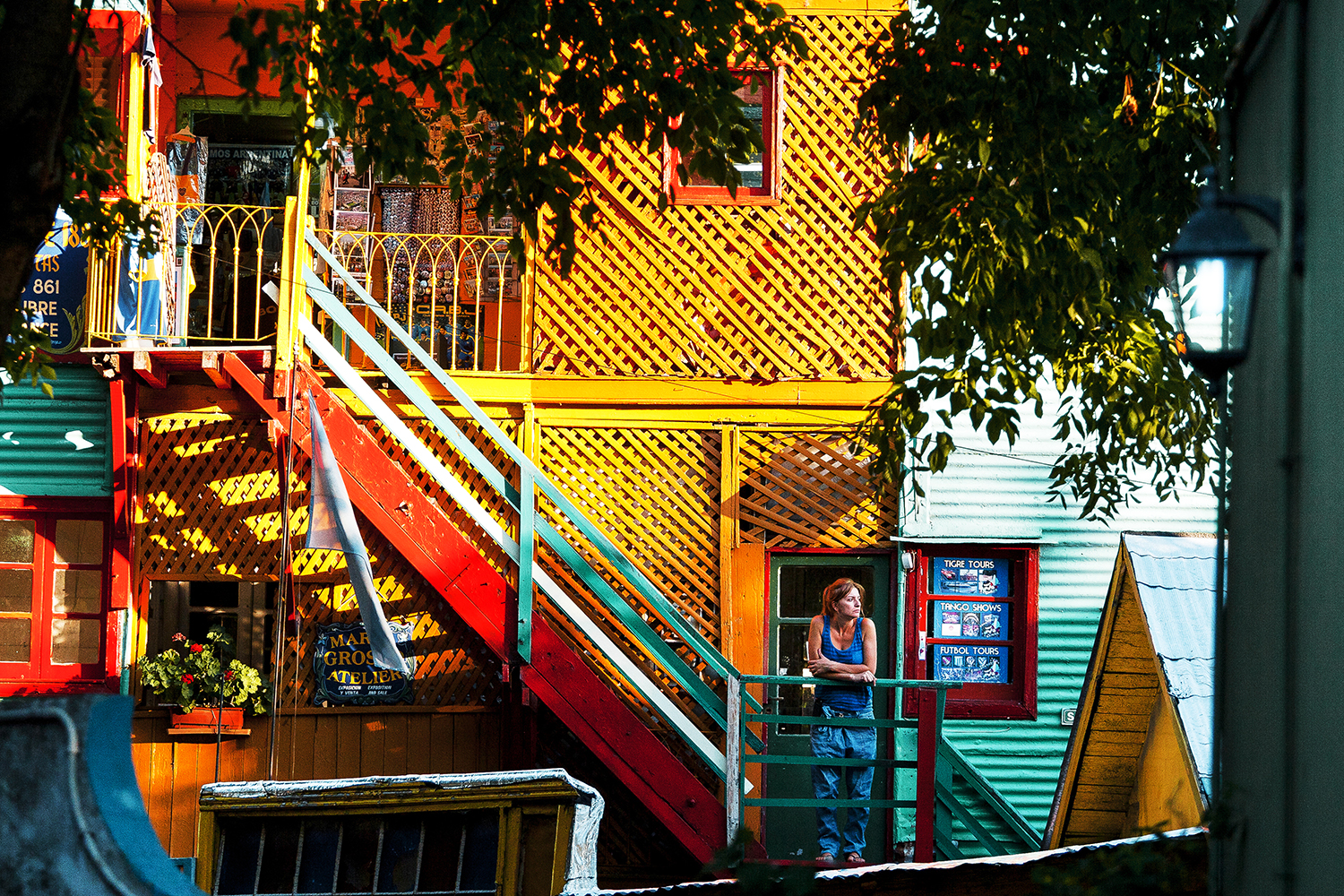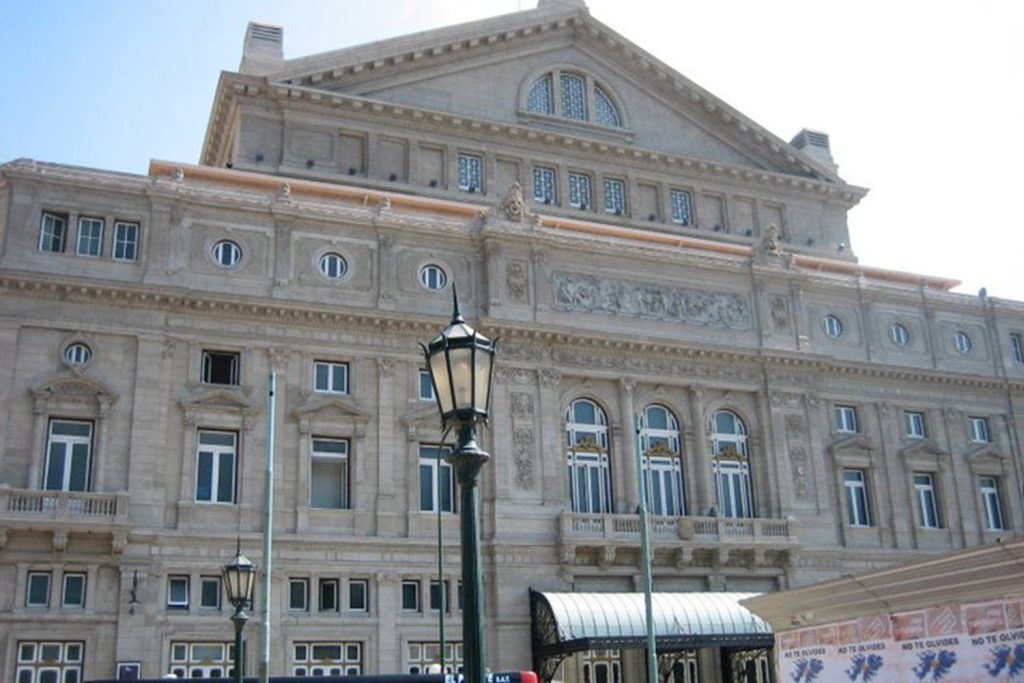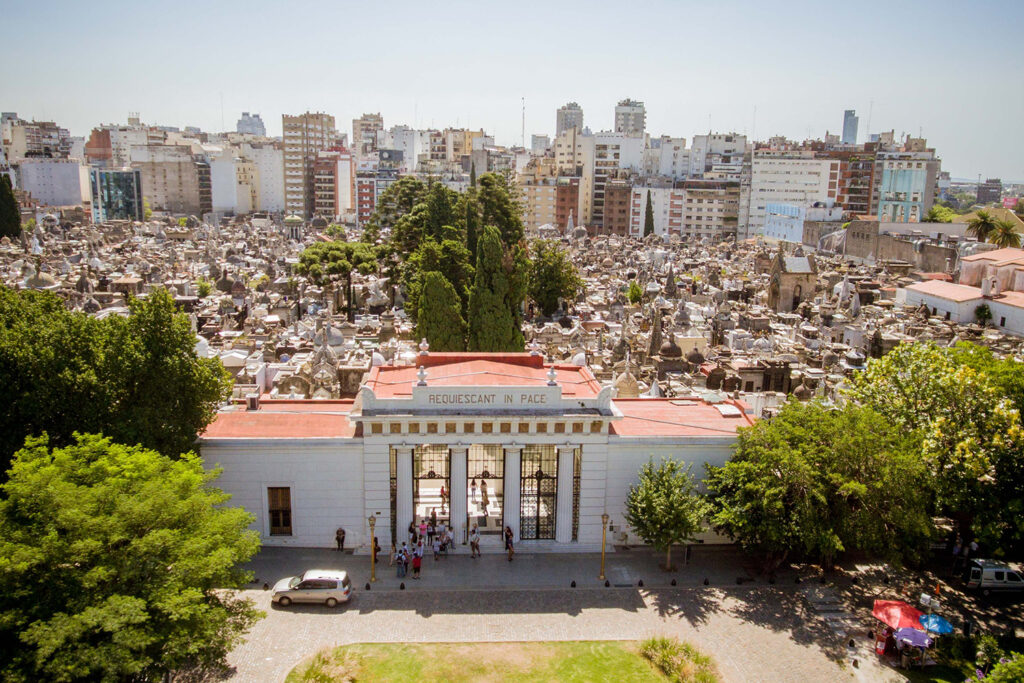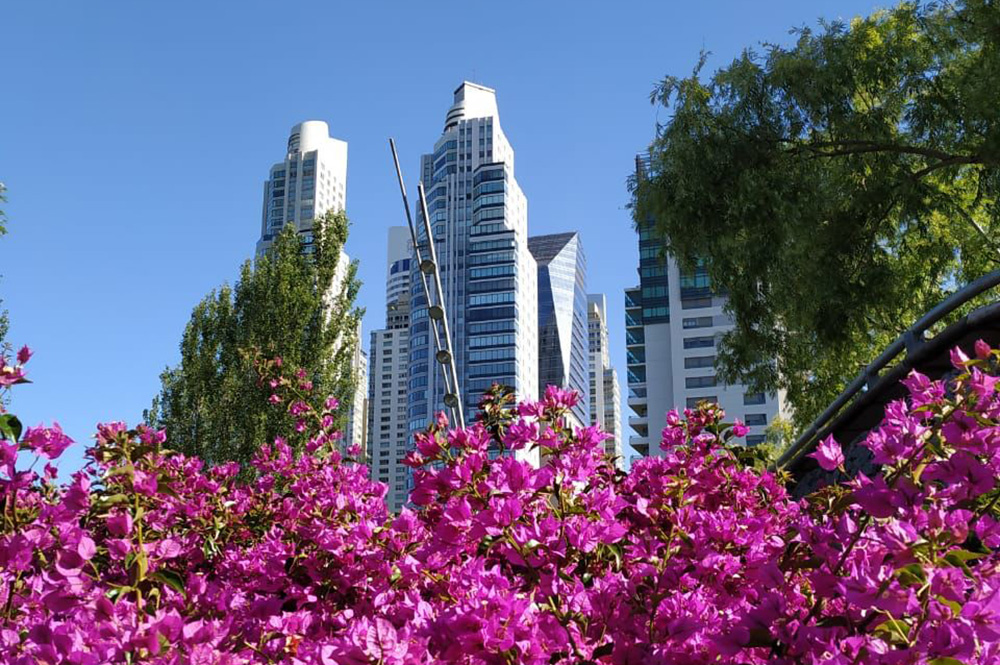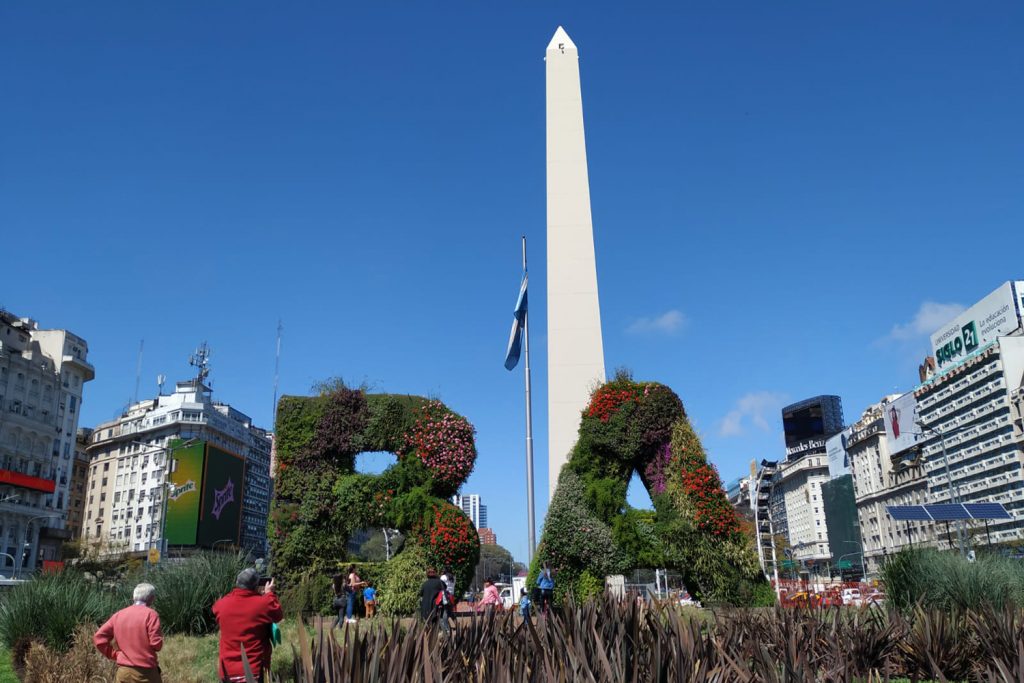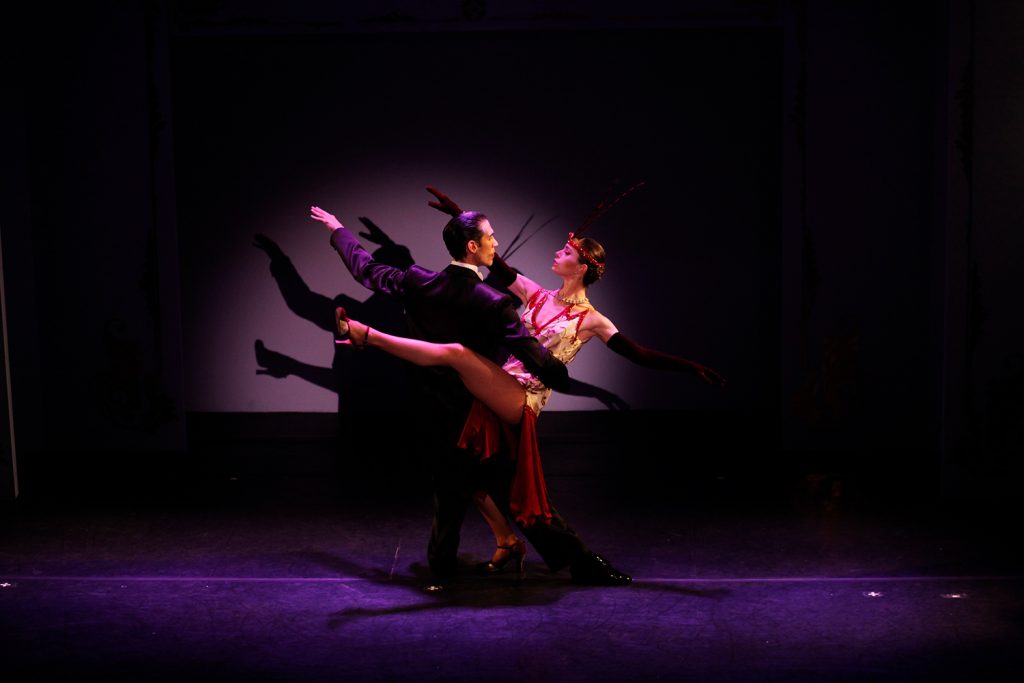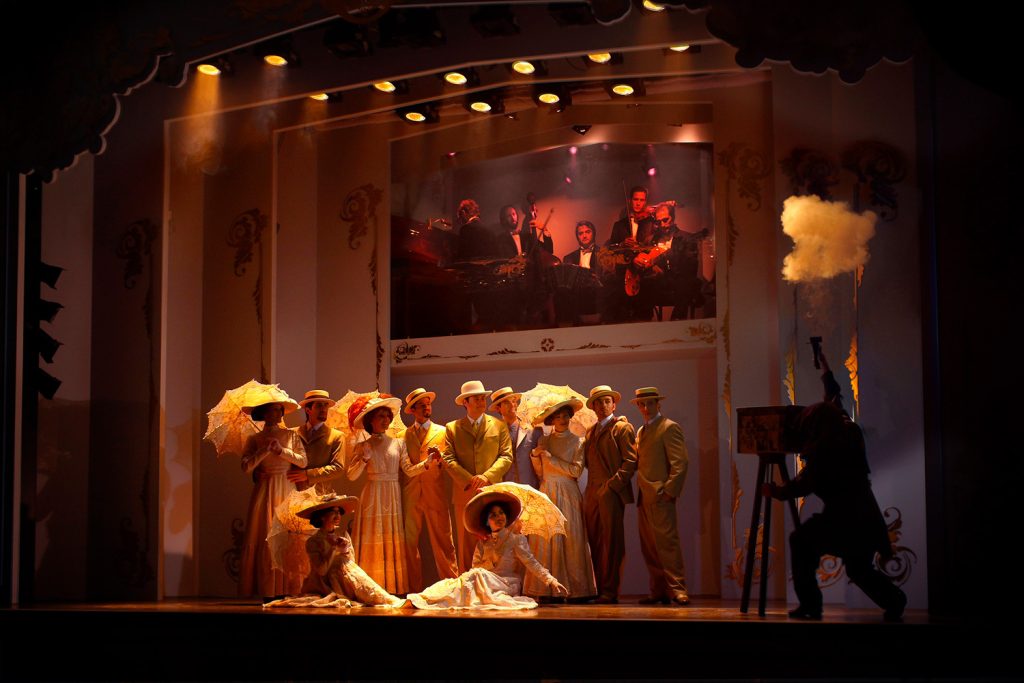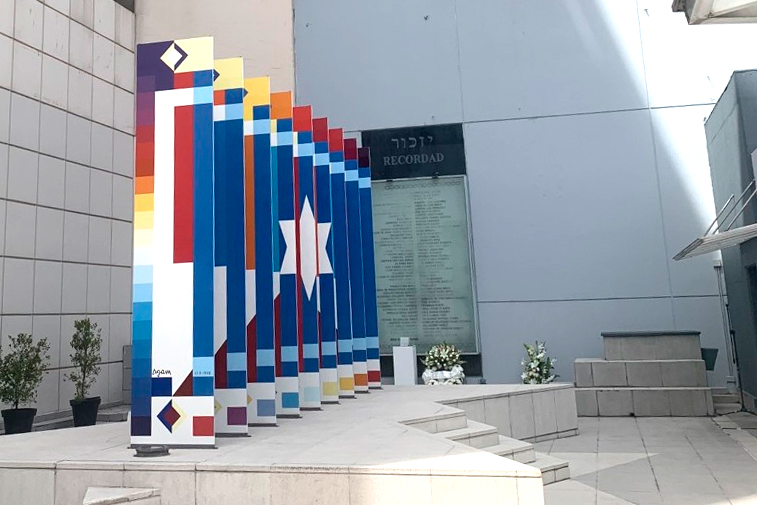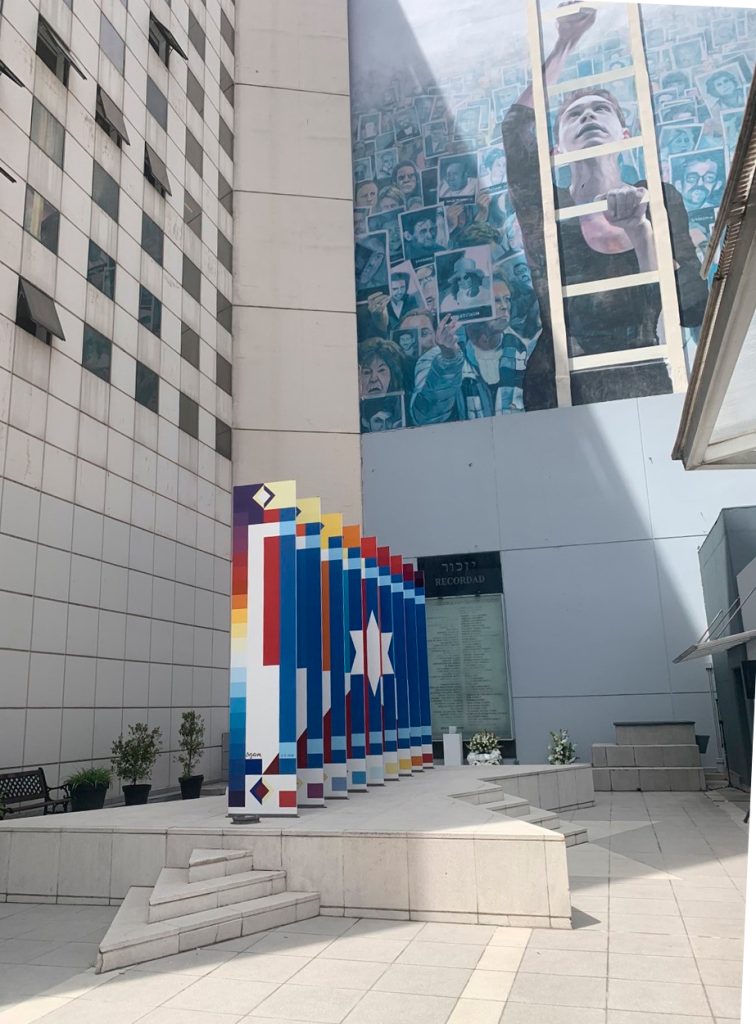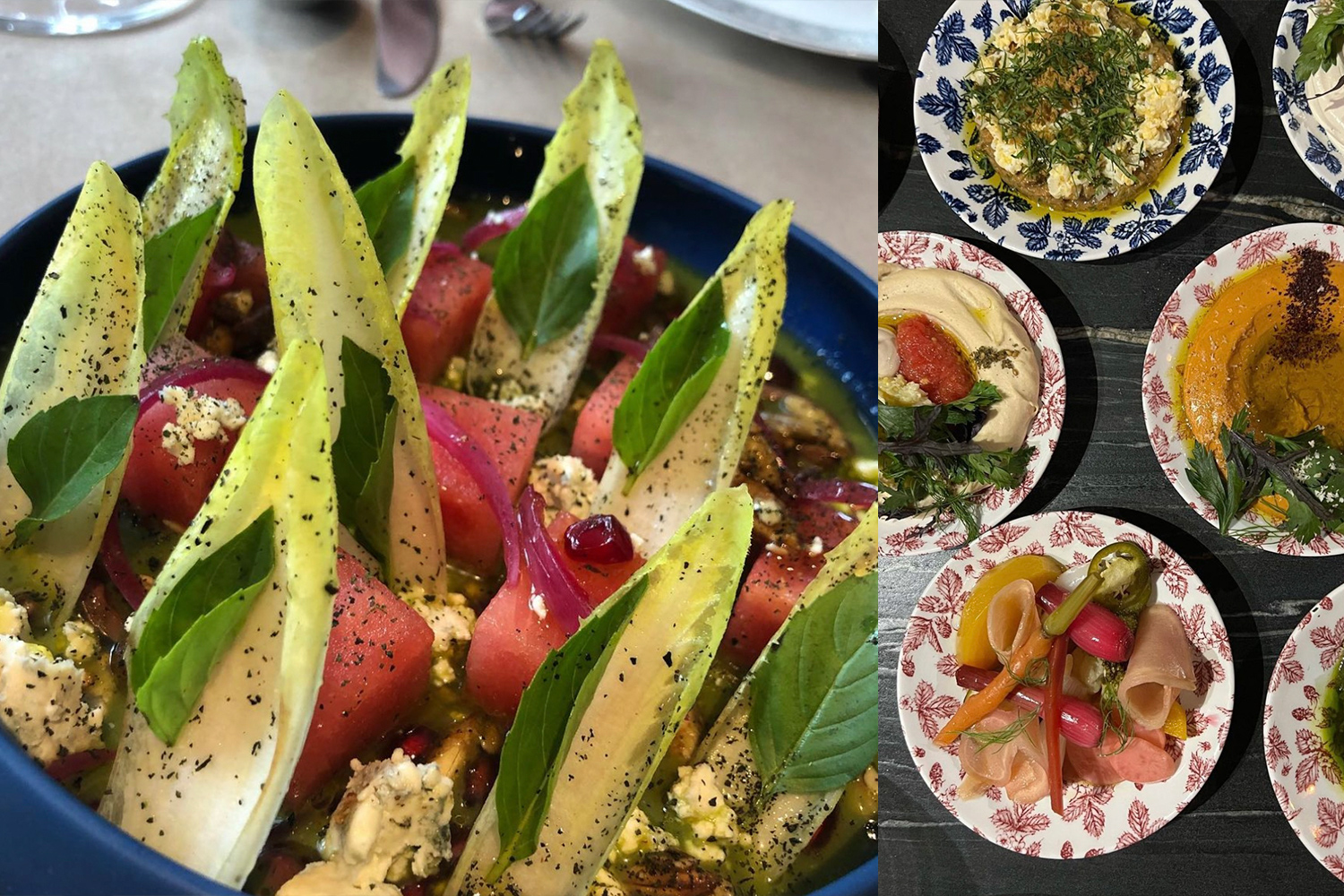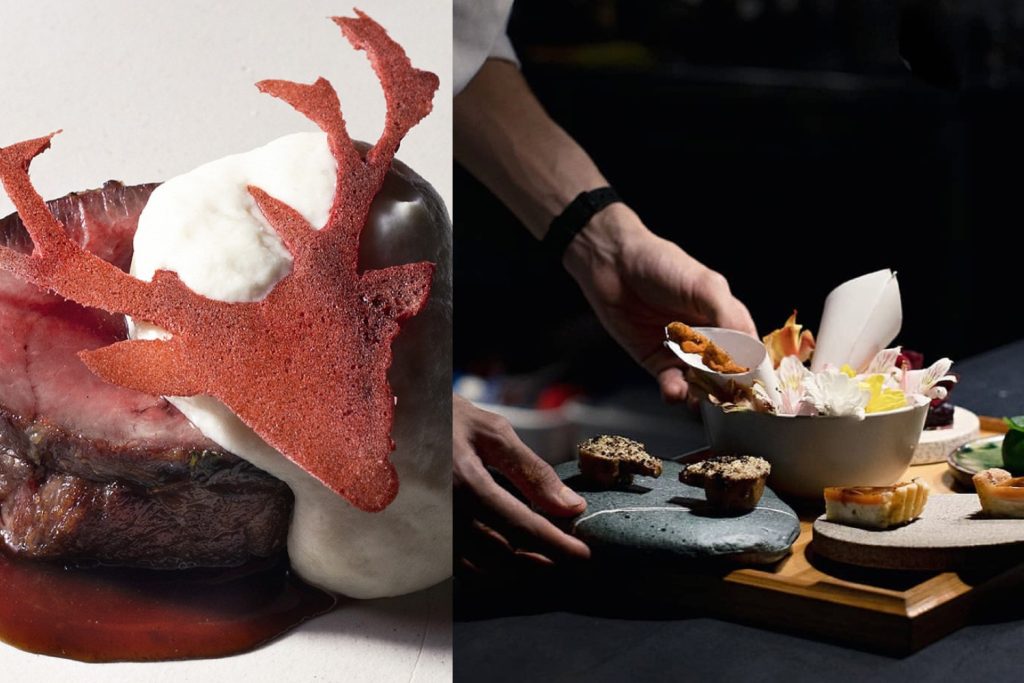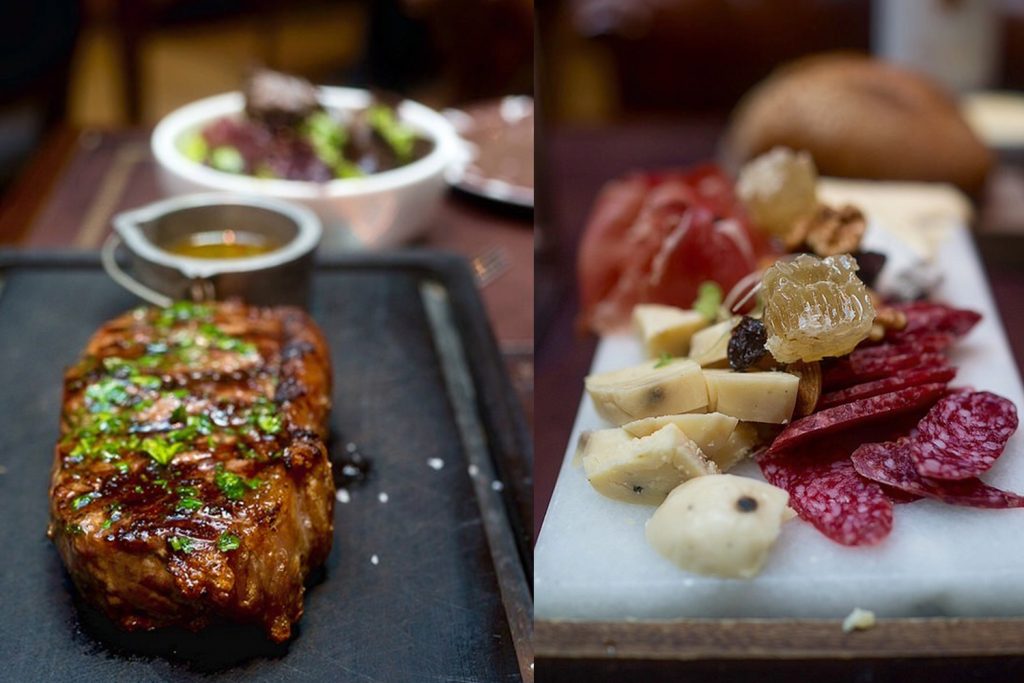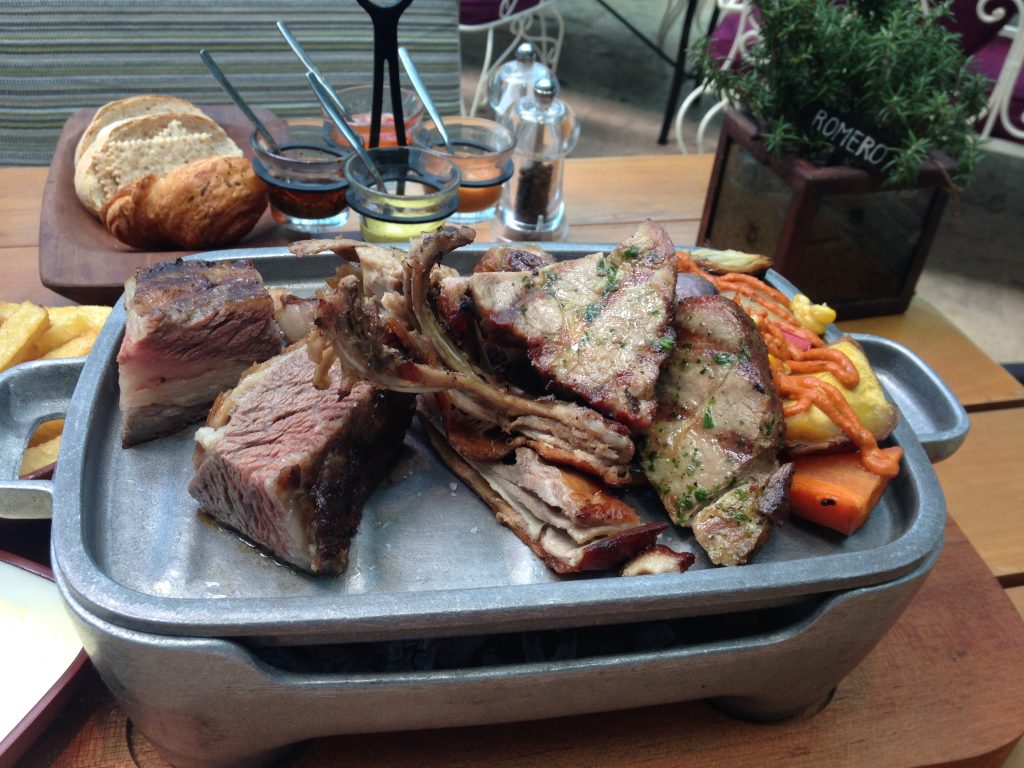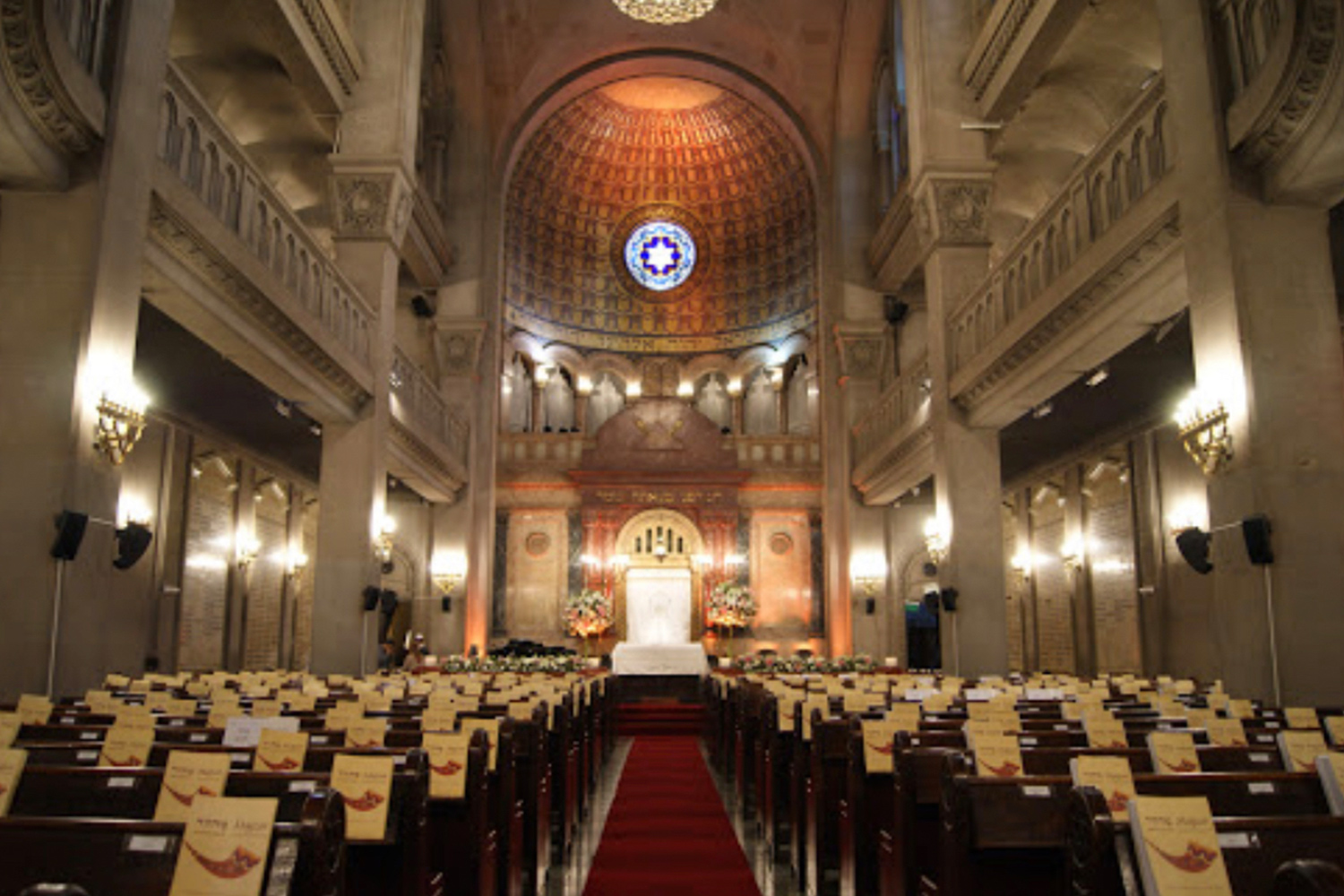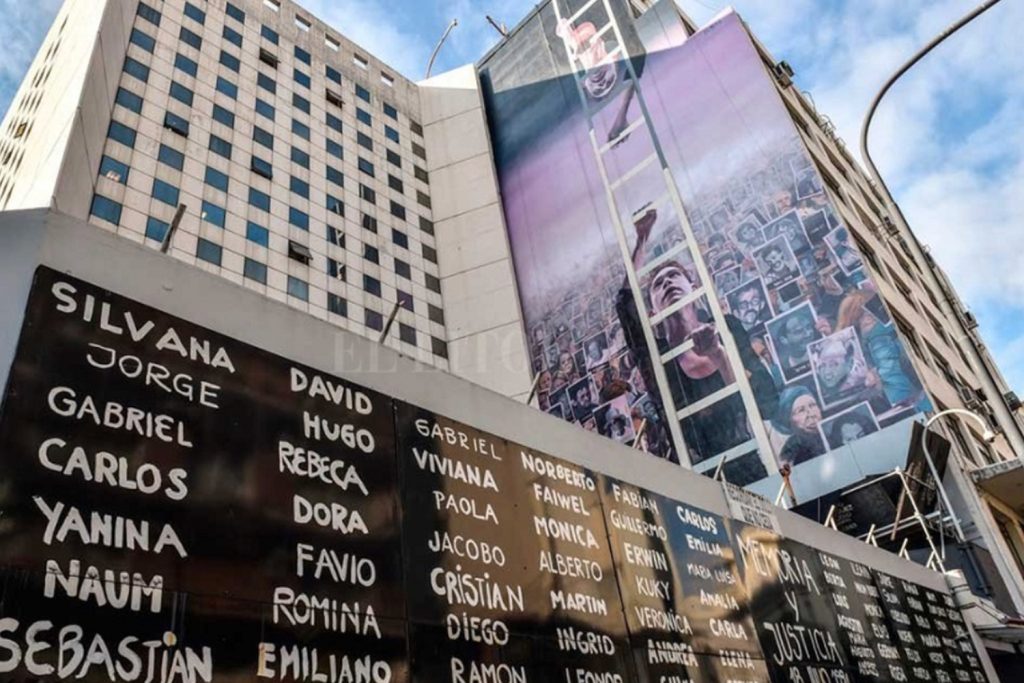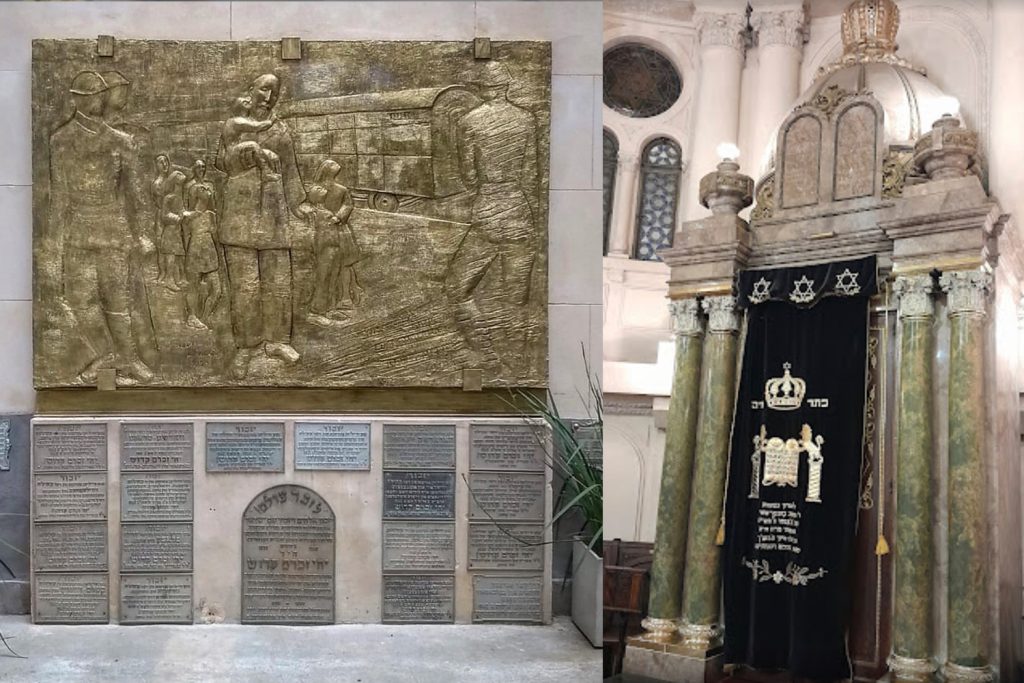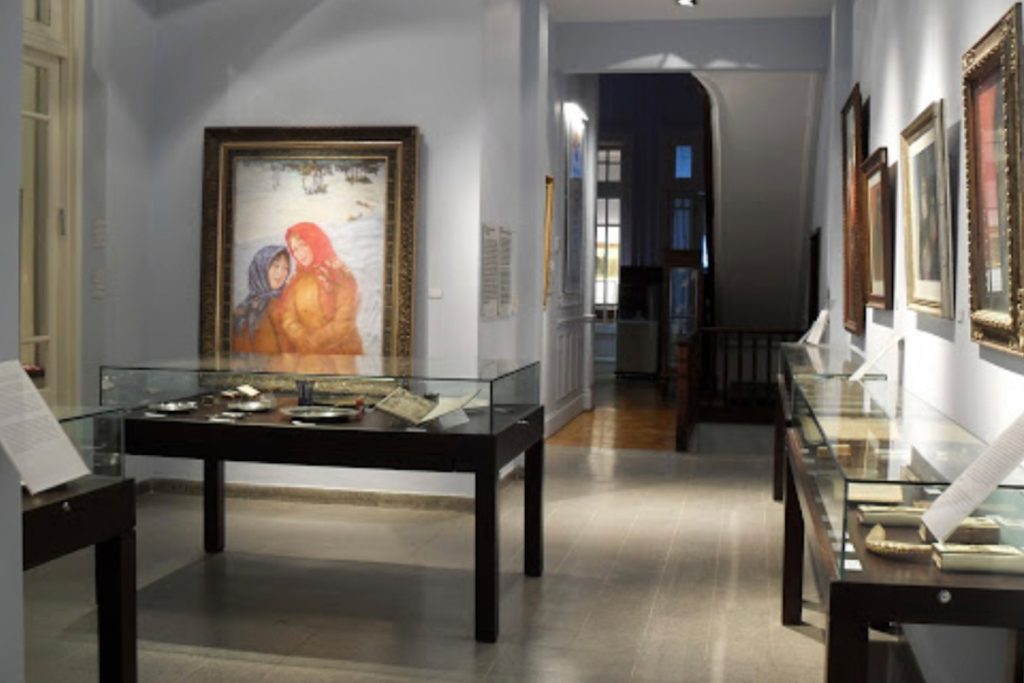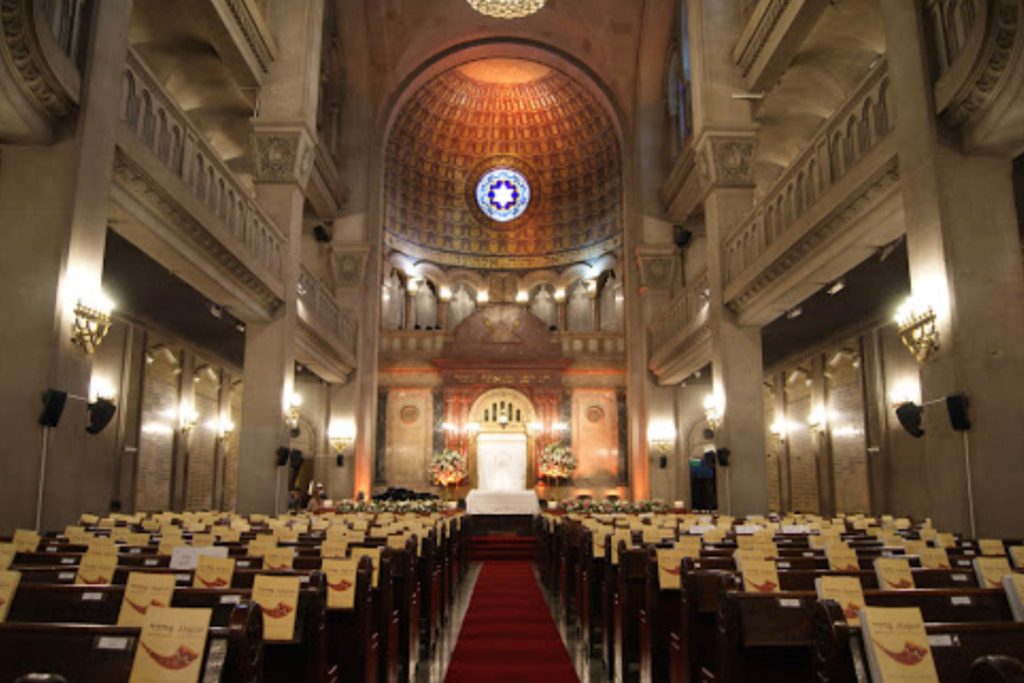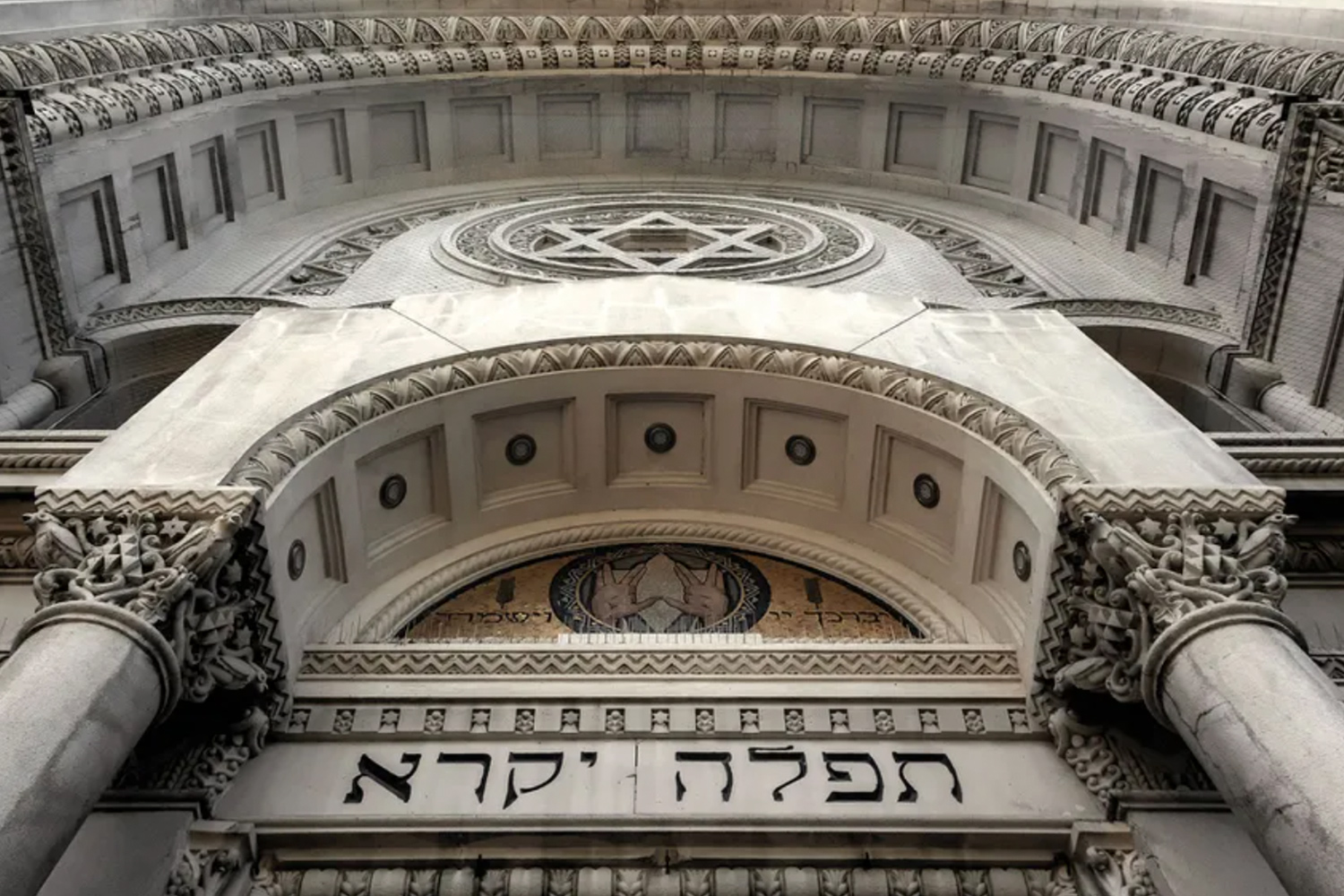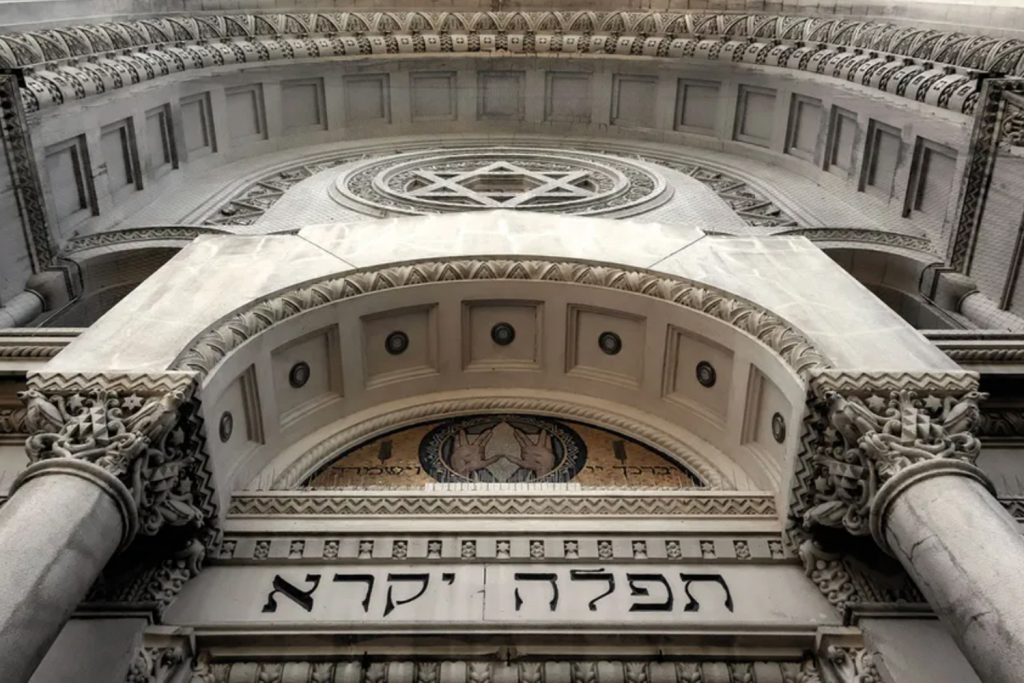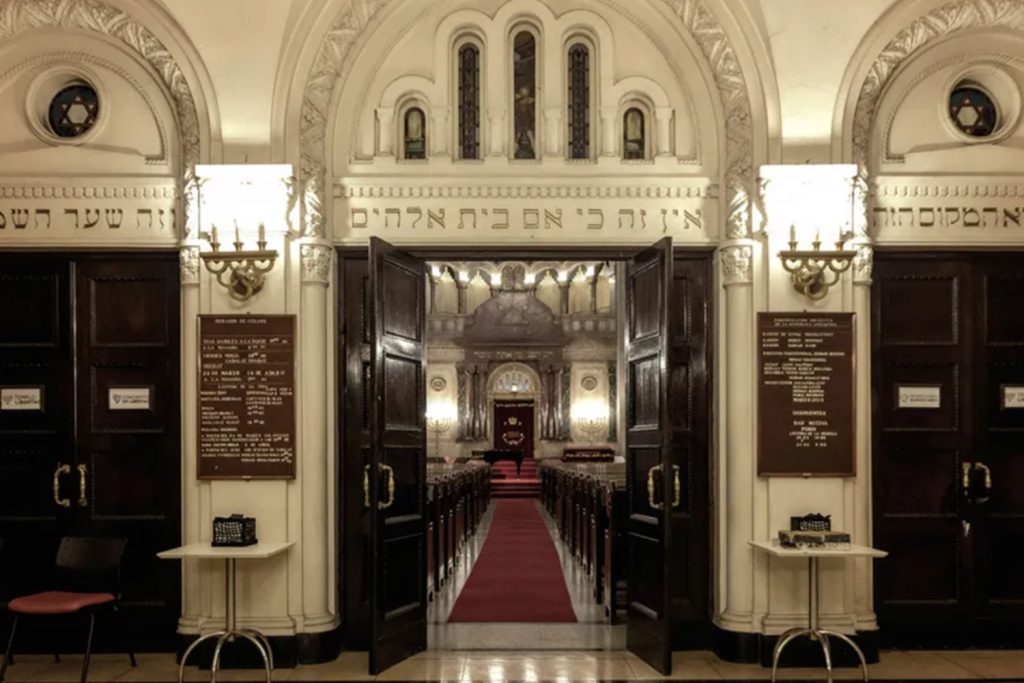Empanadas of Argentina: Exploring the Culinary Delights Across Regions
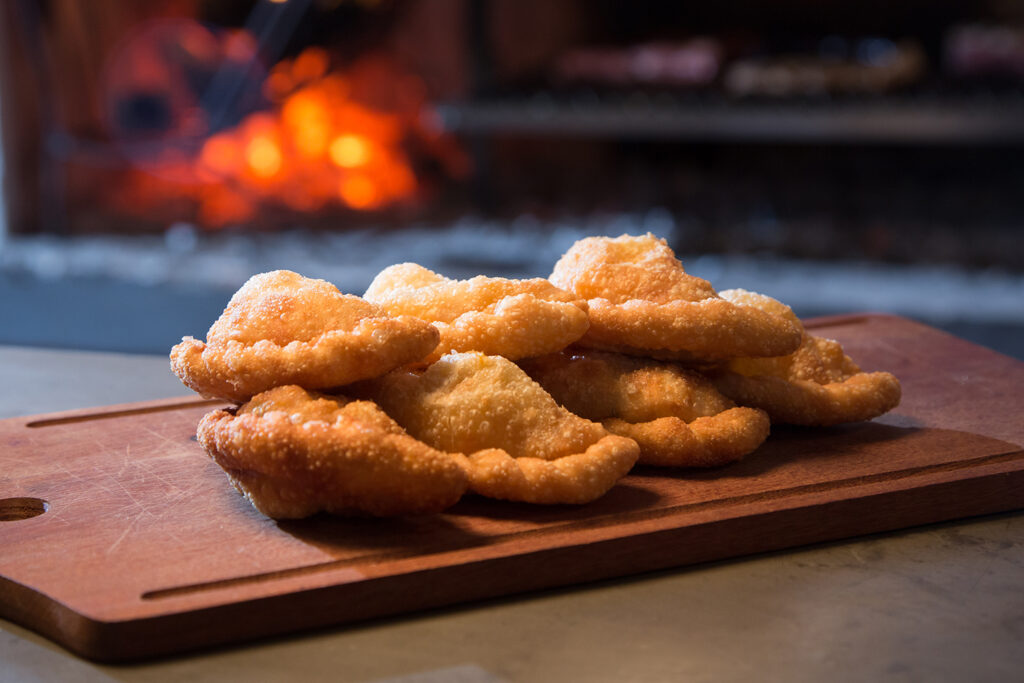
Argentina is renowned for its mouthwatering empanadas, a beloved traditional dish that has captured the hearts and palates of locals and visitors alike. These delectable hand-held pastries are filled with various savory ingredients and are cherished for their unique flavors and regional variations.
Join us on a culinary journey across Argentina as we discover the best empanadas from different regions and explore how they differ from one another.
Salta
In the northern province of Salta, you’ll find empanadas with a distinct influence from Andean flavors. These empanadas often feature fillings like beef, potatoes, and spices, with a touch of sweetness from raisins. The dough is traditionally baked to a golden perfection, resulting in a flaky and crispy crust that pairs perfectly with the rich fillings.
Tucumán
Tucumán, known as the birthplace of empanadas in Argentina, offers a unique twist to this culinary delight. The empanadas here are smaller in size and have a delicate dough that is often hand-stretched. The traditional filling includes ground beef, onions, and aromatic spices. Tucumán-style empanadas are typically baked until they develop a golden hue, creating a delightful contrast between the crunchy exterior and juicy filling.
Buenos Aires
The bustling capital city is a melting pot of diverse flavors, and its empanadas reflect this culinary fusion. Buenos Aires-style empanadas often feature a wider range of fillings, including beef, chicken, ham and cheese, spinach, and more. They are typically baked or fried, resulting in a crispy outer shell. These empanadas are widely available throughout the city, with each neighborhood adding its own touch and flavor to the mix.
In Buenos Aires, our favorite empanadas are made at El Sanjuanino. Specializing in traditional Argentine cuisine, El Sanjuanino is a beloved restaurant that serves exceptional empanadas. Their empanadas de carne cortada a cuchillo (hand-cut beef empanadas) are renowned for their high-quality beef, tenderly cooked and seasoned to perfection. The flavors are rich and delicious, making them a top choice for empanada enthusiasts.
El Sanjuanio is located in the heart of Recoleta district. Address: Posadas 1515. It is open daily for lunch and dinner.
Mendoza
In the wine region of Mendoza, empanadas are elevated with a touch of sophistication. These gourmet-style empanadas often feature unique fillings, such as braised meats, sun-dried tomatoes, olives, and herbs. The dough is carefully prepared and rolled out thin, creating a delicate yet sturdy casing. Mendoza-style empanadas are often baked to perfection, allowing the flavors of the filling to meld together.
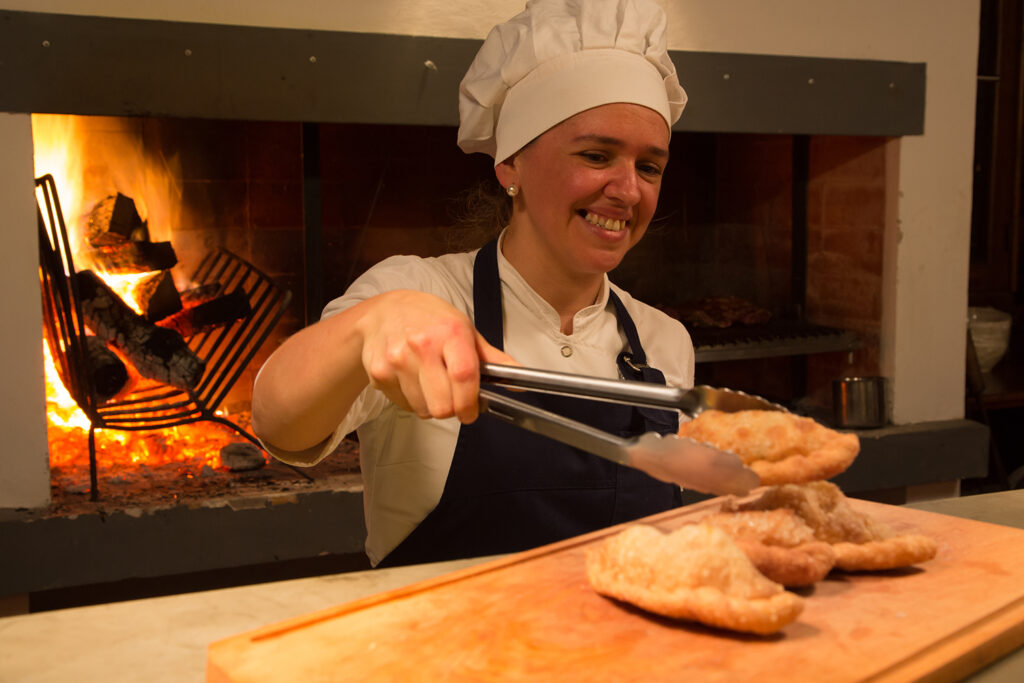
Argentina’s empanadas are a culinary delight that showcases the country’s rich gastronomic diversity. From the northern flavors of Salta to the gourmet creations of Mendoza, each region offers a unique twist on this beloved dish. Whether you’re exploring the rugged landscapes of Patagonia or wandering the vibrant streets of Buenos Aires, be sure to indulge in the local empanadas and savor the distinct flavors that make them a true culinary masterpiece.
Patagonia
Heading south to Patagonia, you’ll find empanadas that showcase the region’s natural bounty. The fillings here often highlight local ingredients like lamb, seafood, or smoked trout. Patagonian empanadas are known for their generous portions and hearty flavors. They are typically baked until golden brown, and the crust has a satisfying crunch that complements the robust fillings.
Are you ready to embark on a mouthwatering journey through the streets of Buenos Aires?
Join us on this delectable journey and experience the culinary delights of Buenos Aires. Whether you’re a food enthusiast, a history buff, or simply looking to indulge your taste buds, our Empanadas Food Tour promises an unforgettable gastronomic experience.
Book your tour now and get ready to savor the authentic flavors of Buenos Aires, one empanada at a time!
Contact us for more information and reservations.




